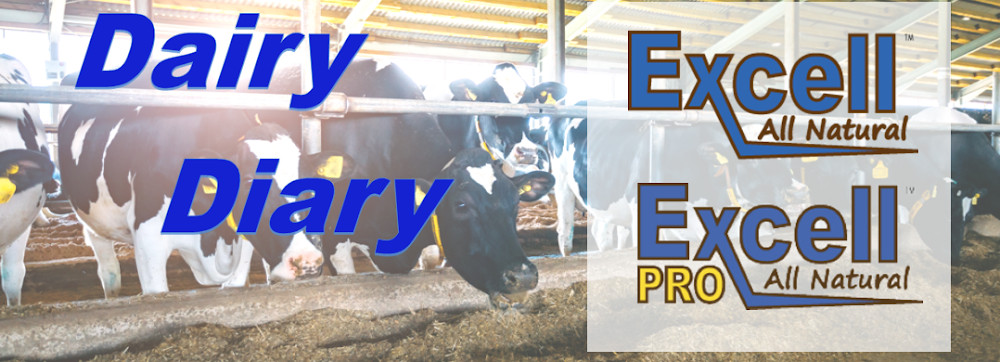MILK:
Milk futures showed limited price volatility as traders found little price direction from cash. This pattern may remain for quite some time if the current fundamentals remain in place. Milk production is improving, providing a sufficient supply for bottling and manufacturing. The February Agricultural Prices report was released today, showing the All-milk price at $23.60, down $0.50 from January, but $3.00 higher than February 2024. The average corn price was $4.58, up $0.29 from January and up $0.28 from a year earlier. The average premium/supreme hay price was $243.00 per ton, up $1.00 from January but down $35.00 per ton from a year ago. The average soybean meal price is not on this report and will be released by FSA tomorrow to complete the income over feed calculation for the Dairy Margin Coverage program. No payment is expected under the program as the income over feed price will be higher than the $9.50 level. Other prices of interest are the alfalfa hay price for February was $159.00 per ton, down $2.00 from January and down $42.00 per ton from a year ago. The all-hay price was $153 per ton, the same as the previous month, but down $38.00 per ton from a year earlier. The soybean price was $10.20, up $0.20 from January, but down $1.70 per bushel from a year ago. USDA estimates corn acres this year at 95.326 million, up 4.7 million from last year. Soybean acreage is estimated at 83.495 million, down 3.6 million from last year. Wheat acreage is estimated at 45.350 million compared to 46.079 million last year.
AVERAGE CLASS III PRICES:
| 3 Month: | $17.76 |
| 6 Month: | $17.78 |
| 9 Month: | $18.02 |
| 12 Month: | $18.00 |
CHEESE:
Cheese prices are expected to remain choppy with little reason for buyers to be aggressive. Increasing milk production will continue to supply sufficient milk to satisfy the needs of manufacturers. Spot milk prices decreased last week, with the low end of the range at $4.50 below class. Spring flush is moving forward with milk receipts increasing at the plant level.
BUTTER:
The butter supply is sufficient for demand and to build inventory. Inventory is increasing seasonally but is running ahead of a year ago. The strong churning activity provides plentiful supplies to meet demand and for buyers to increase ownership. Extra butter is being purchased and frozen for demand later this year. Buyers are not too concerned about paying more for storage but would rather buy as a hedge against higher prices that may develop as the year progresses.
OUTSIDE MARKETS SUMMARY:
May corn closed up 4.00 cents per bushel at $4.5725, May soybeans closed down 8.25 cents at $10.1475 and May soybean meal closed down $.80 per ton at $292.70. May Chicago wheat closed up 8.75 cents at $5.3700. June live cattle closed down $1.20 at $203.65. May crude oil is up $2.12 per barrel at $71.48. The Dow Jones Industrial Average is up 418 points at 42,002 with the NASDAQ down 24 points at 17,299.











.jpg)








